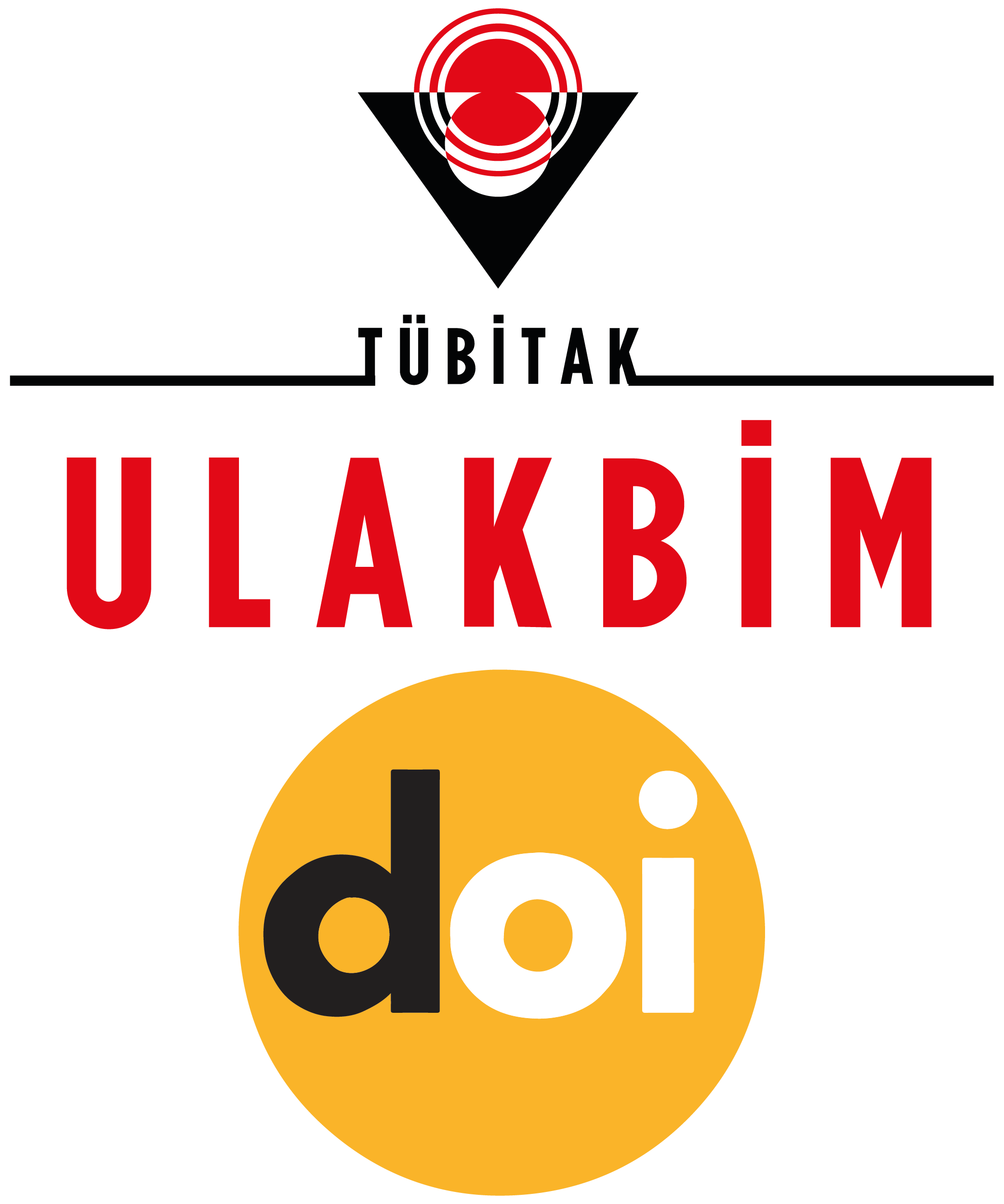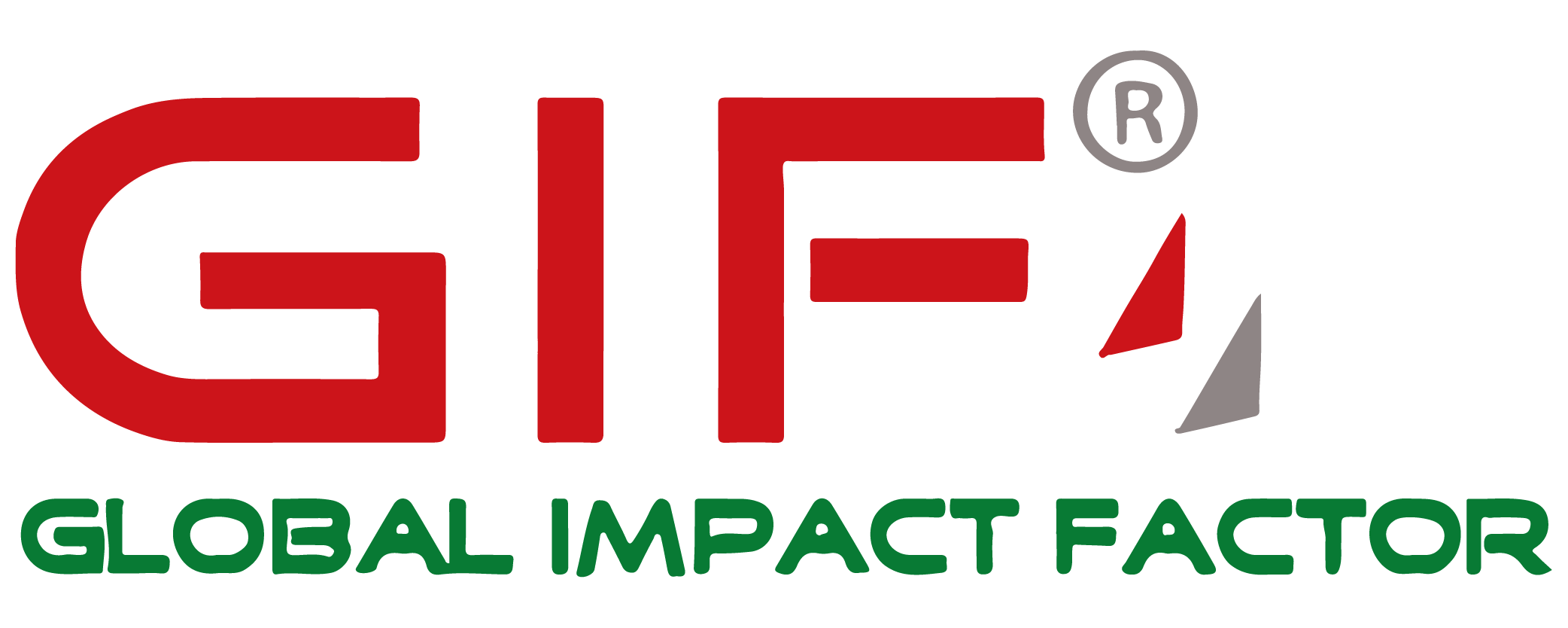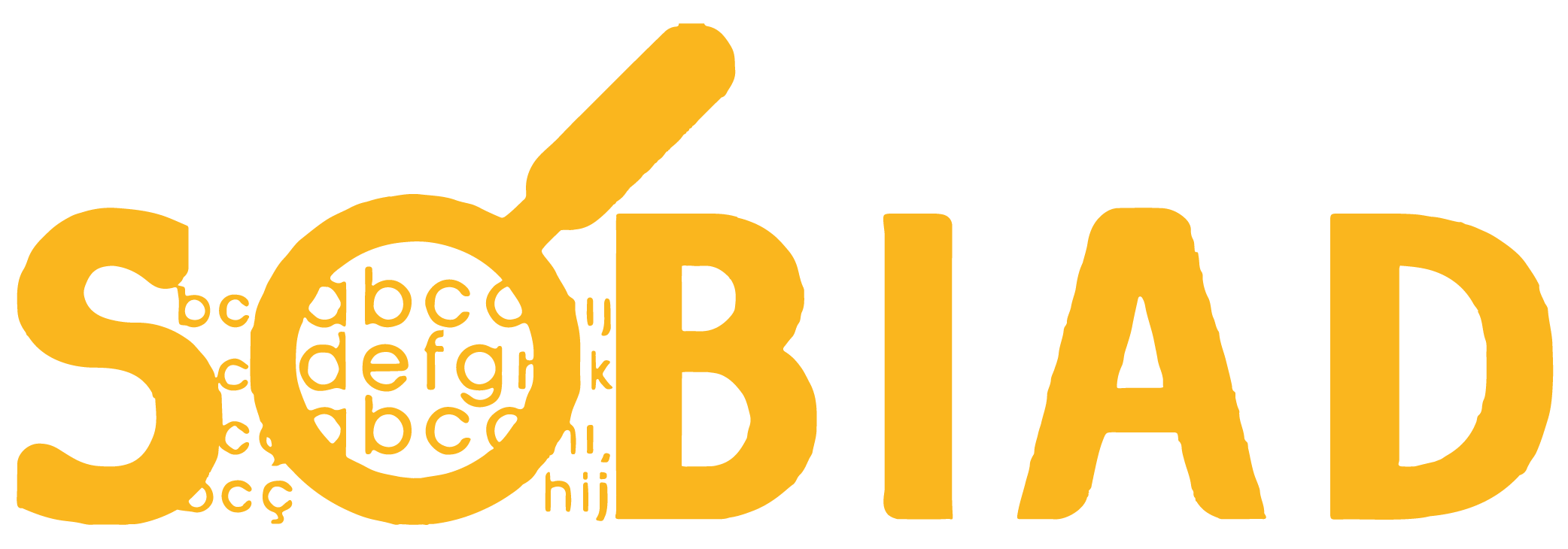COVID-19 Salgını ve Zenginleştirilmiş Turizm Ürünü: Turizm Çiçeği Önerisi (COVID-19 Pandemic and Augmented Tourism Product: A Proposal of Tourism Flower)
DOI:
https://doi.org/10.21325/jotags.2021.860Keywords:
COVID-19, Crisis in tourism, Augmented tourism product, Sustainable competitive advantageAbstract
This study, based on the coronavirus (COVID-19) pandemic with its unique conceptual evaluation, deals with the importance of a proactive approach to crises in general and the augmented tourism product with integrations made in this context. In this manner, with the conceptual proposal of Tourism Flower presented in the study, the importance of gaining mutual inter-sectoral competitive advantage between sectors and the integration of tourism with different sectors or fields are emphasized. The tourism sector, which has a fragile feature, can get into a deadlock like many other sectors in the crisis period. For this reason, being proactive or being prepared for crises can provide an advantage in many ways. In this context, it is hoped that the study will be beneficial in terms of the integration of tourism with technology, medicine, history, nature, agriculture, and design, in terms of making tourism stronger and prepared against possible disadvantages and providing strengthening benefits for other relevant sectors and fields. Thus, a model created with the concept of “6T”, which consists of the initials (in Turkish) of these fields or sectors, is put forward in the study.
References
Anadolu Ajansı (2020). İzole tatile yöneliş çekme karavan satışlarını artırdı. Alındığı uzantı: https://www.aa.com.tr/tr/turkiye/izole-tatile-yonelis-cekme-karavan-satislarini-artirdi-/1938040. Erişim Tarihi: 20.02.2021.
Aydın D., Constantinides C., Mike C., Yılmaz C., Genç A., & Lanyi A. (2012). Sağlık turizminde süreçler ve aracı kuruluşlar araştırma raporu. Ankara: Sağlık Bakanlığı Sağlık Hizmetleri Genel Müdürlüğü.
Aymankuy, Ş. Y. (2001). Turizm sektöründe kriz yönetimi. Balıkesir Üniversitesi Sosyal Bilimler Enstitüsü Dergisi, 4(6), 105-118.
Bahar, O., & Kozak, M. (2005). Türkiye turizminin Akdeniz ülkeleri ile rekabet gücü açısından karşılaştırılması. Anatolia: Turizm Araştırmaları Dergisi, 16(2), 139-152.
Balmford, A., Beresford, J., Green, J., Naidoo, R., Walpole, M., & Manica, A. (2009). A global perspective on trends in nature-based tourism. PLoS Biol, 7(6), 1-7, e1000144.
Başay, S. (2020). Balcony vegetable growing in the COVID-19 pandemic. In: Özrenk, K. (ed.). Theory and research in agriculture, forestry and aquaculture sciences II. Ankara: Gece Kitaplığı.
Binkhorst, E., & T. den Dekker. (2009). Towards the Co-creation Tourism Experience?. Journal of Hospitality Marketing and Management, 18(2-3), 311-27.
Boekstein, M. (2014). From illness to wellness-has thermal spring health tourism reached a new turning point?. African Journal of Hospitality, Tourism and Leisure, 3(2), 1-11.
Butler, R.W. (1990). Alternative tourism: Pious hope or Trojan horse?. Journal of Travel Research, 28(3), 40-45.
Buhalis, D., & Law, R. (2008). Progress in information technology and tourism management: 20 years on and 10 years after the Internet-The state of eTourism research. Tourism Management, 29(4), 609-623.
Cohen, E. (1972). Towards a sociology of international tourism. Social Research, 39,164– 182.
Cohen, E. (1987). Alternative tourism: A critique. Tourism Recreation Research, 12(2), 13-18.
Collier, D. A. (1983). The service sector revolution: The automation of services. Long Range Planning, 16(6), 10-20.
COMCEC, R. (2017). Crisis Management in tourism sector: Recovery from crisis in the OIC member countries. Ankara: COMCEC Coordination Office.
Connell, J. (2006). Medical tourism: Sea, sun, sand and… surgery. Tourism Management, 27(6), 1093-1100.
Cró, S., & Martins, A. M. (2017). Structural breaks in international tourism demand: Are they caused by crises or disasters?. Tourism Management, 63, 3–9.
Çoban, Ö., & Karakuş, Y. (2019). Doğa temelli alternatif turizm türleri. İçinde: Aydın, Ş., & Eren, D. (Ed.). Alternatif turizm. Ankara: Detay Yayıncılık.
Dernoi, L. A. (1981). Alternative tourism: Towards a new style in North-South relations. International Journal of Tourism Management, 2(4), 253-264.
Douglas, N., Douglas, N., & Derret, R. (2001). Special interest tourism. Melbourne, Australia: Wiley.
Emekli, G. (2006). Coğrafya, kültür ve turizm: kültürel turizm. Ege Coğrafya Dergisi, 15(1-2), 51-59.
Fang, B., Ye, Q., & Law, R. (2016). Effect of sharing economy on tourism industry employment. Annals of Tourism Research, 57, 264-267.
Faulkner, B. (2001) Towards a framework for disaster management. Tourism Management, 22, 135–147.
Ferrer, J. G., Sanz, M. F., Ferrandis, E. D., McCabe, S., & García, J. S. (2016). Social tourism and healthy ageing. International Journal of Tourism Research, 18(4), 297-307.
Fink, S. (1986). Crisis management. New York: American Association of Management.
Fotiadis, A., Polyzos, S., & Huan, T. C. T. (2021). The good, the bad and the ugly on COVID-19 tourism recovery. Annals of Tourism Research, 87, 1-14.
Galanakis, C. M. (2020). The food systems in the era of the coronavirus (COVID-19) pandemic crisis. Foods, 9(4), 1-10.
Getz, D. (1986). Models in tourism planning: Towards integration of theory and practice. Tourism Management, 7(1), 21-32.
Gibson, L., & J. Pendlebury (eds.) (2009). Valuing historic environments. Aldershot: Ashgate. http://books.google.com.
Gonsalves, S. P. (1987). Alternative tourism-the evolution of a concept and establishment of a network. Tourism Recreation Research, 12(2), 9-12.
Goodrich, J. N., & Goodrich, G. E. (1987). Health-care tourism—an exploratory study. Tourism Management, 8(3), 217-222.
Gürsoy, D. (2018). Future of hospitality marketing and management research, Tourism Management Perspectives, 25,185-188.
Hassan, S. S. (2000). Determinants of market competitiveness in an environmentally sustainable tourism industry, Journal of Travel Research, 38(3), 239-245.
Hermans, D. (1981). The encounter of agriculture and tourism a catalan case. Annals of Tourism Research, 8(3), 462–479. Doi:10.1016/0160-7383(81)90009-8.
Hughes, H. L. (2002). Culture and tourism: A framework for further analysis. Managing Leisure, 7(3), 164-175.
Ivanov, S. H., Webster, C., & Berezina, K. (2017). Adoption of robots and service automation by tourism and hospitality companies, Revista Turismo & Desenvolvimento, 27(28), 1501-1517.
Ivanov, S. H. & Webster, C. (2017). Adoption of robots, artificial intelligence and service automation by travel, tourism and hospitality companies–a cost-benefit analysis. International Scientific Conference “Contemporary tourism – traditions and innovations, 19- 21 Ekim 2017, Sofya.
Johnson, N. C. (1996). Where geography and history meet: Heritage tourism and the big house in Ireland. Annals of the Association of American Geographers, 86(3), 551-566.
Karamustafa, K. (2000). Marketing-channel relationships: Turkey's resort purveyors' interactions with international tour operators. Cornell Hotel and Restaurant Administration Quarterly, 41(4), 21-31.
Karamustafa, K., & Örnek, N. (2021). Turizm sektöründe yapay zekâ uygulamaları. Turizmde Güncel Konu ve Eğilimler III (ss.20-43), Ankara: Detay Yayıncılık.
Kim, S. S., Kim, J., Badu-Baiden, F., Giroux, M., & Choi, Y. (2021). Preference for robot service or human service in hotels? Impacts of the COVID-19 pandemic. International Journal of Hospitality Management, 93, 102795, 1-12.
Kotler, P. 1984. Marketing management: Analysis, planning, and control. Englewood Cliffs, New Jersey: Prentice Hall.
Kotler, P., Bowen, J. T., & Makens, J. C. (2014). Marketing for hospitality and tourism. Englewood Cliffs, New Jersey: Prentice Hall.
Köse, E. K., & Akbulut, D. (2019). Yerel üretim ve turizm ilişkisinde tasarım müdahaleleri üzerine; Safranbolu örneğine doğru. Tykhe Sanat ve Tasarım Dergisi, 4(6), 362-385.
Kumar, C. 2020. Organic food farming and rural tourism development: An opportunity to restore the happiness in the aftermath of Covid-19 pandemic. https://www. researchgate.net/publication/340916322.
Kuo, H. I., Chen, C. C., Tseng, W. C., Ju, L. F., & Huang, B. W. (2008). Assessing impacts of SARS and avian flu on international tourism demand to Asia. Tourism Management, 29(5), 917–928.
Kwok, L. (2021). Will the hospitality and travel ındustry recover in 2021?. Alındığı uzantı: https://www.hospitalitynet.org/opinion/4103064.html). Erişim Tarihi: 21.04.2021.
Laws, E., & Prideaux, B. (2005). Tourism crises: Management responses and theoretical insight. Psychology Press.
Lee, C. C., & Chen, C. J. (2011). The reaction of elderly Asian tourists to avian influenza and SARS. Tourism Management, 32(6), 1421–1422.
López, J., Pérez, D., Zalama, E., & Gómez-García-Bermejo, J. (2013). Bellbot-a hotel assistant system using mobile robots. International Journal of Advanced Robotic Systems, 10(40), s. 1-10.
Love, T. (2002). Constructing a coherent cross-disciplinary body of theory about designing and designs: some philosophical issues. Design Studies, 23(3), 345-361.
Lovelock, C., & Wright, L. (2002). Principals of service marketing and management. New Jersey: Prentice Hall.
Luzar, E., Jane, A.D., Christopher E., & Brenda R. H. (1998). Profiling the nature based tourist: A multinomial logit approach. Journal of Travel Research, 37(1), 48-55.
MacKay, Kelly J., Kathleen L., Andereck & Christine A. V. (2002). Understanding Vacationing Motorist Niche Markets. Journal of Travel Research, 40(4), 356-363.
Magar, D. B. T., Pun, S., Pandit, R., & Rola-Rubzen, M. F. (2021). Pathways for building resilience to COVID-19 pandemic and revitalizing the Nepalese agriculture sector. Agricultural Systems, 187, 103022.
Maurer, M., Gerdes, J. C., Lenz, B., & Winner, H. (2016). Autonomous Driving. Berlin, Germany: Springer Open.
McKenzie, N., & Wysocki, A. (2002). Agritainment: A viable option for Florida producers. IFAS Extension e University of Florida.
Moreira, P. (2007). Aftermath of crises and disasters: Notes for an impact assessment approach. In: Laws, E., Prideaux, B. & Chon K. (ed.). Crisis Management in Tourism, 51-65.
Mowforth, M., & Munt, I. (2003). Sustainable tourism in developing countries: Poverty alleviation, participatory planning, and ethical issues. The European Journal of Development Research, 17(3), 559-565.
Neuhofer, B., Buhalis, D., & Ladkin, A. (2014). A typology of technology‐enhanced tourism experiences. International journal of tourism research, 16(4), 340-350.
Okumus, F., & Karamustafa, K. (2005). Impact of an economic crisis evidence from Turkey. Annals of Tourism Research, 32(4), 942-961.
Ongan, D., Bozdağ, A. N. S., & Ayer, Ç. (2020). COVID-19 salgını sürecinde besin tedariği ve güvencesi (zliği). İzmir Kâtip Çelebi Üniversitesi Sağlık Bilimleri Fakültesi Dergisi, 5(2), 215-220.
Pearce, D. G. (1992). Alternative tourism: Concepts, classifications, and questions. In: Smith V. L. & William R. E. (ed.). Philadelphia tourism alternatives: Potentials and problems in the development of tourism. University of Pennsylvania Press, 15-30.
Pine, R., & McKercher, B. (2004). The impact of SARS on Hong Kong’s tourism industry. International Journal of Contemporary Hospitality Management, 16(2), 139–143.
Poon, A. (1994). The ‘new tourism’revolution. Tourism Management, 15(2), 91-92
Privitera, D. (2010). The importance of organic agriculture in tourism rural. Applied Studies in Agribusiness and Commerce, 4(1-2), 59-64.
Quattrone, G., Proserpio, D., Quercia, D., Capra, L., & Musolesi, M. (2016, April). Who benefits from the" Sharing" economy of Airbnb?. Proceedings of the 25th international conference on world wide web, 1385-1394.
Roberts, V. (1994). Flood management: Bradford paper. Disaster Prevention and Management, 3(2), 44-60.
Roth, P. (1992). Grundlagen des touristik-marketing. In: Roth P. & Schrand, A. (ed.). Touristik-Marketing. München: Frnaz Vahlen GmbH.
Samarathunga, W., & Gamage, D. (2020). Alternative Tourism as an alternate to mass tourism during the Post-COVID-19 Recovery Phase: the Case of Sri Lanka. SageSubmissions. Preprint. https://doi.org/10.31124/advance.12361301.v1.
Sharpley, R. (2000). Tourism and sustainable development: Exploring the theoretical divide. Journal of Sustainable tourism, 8(1), 1-19.
Sönmez, S. F. (1998). Tourism, terrorism, and political instability. Annals of tourism research, 25(2), 416-456.
Sönmez, S., Apostolopoulos, Y., & P. Tarlow (1999). Tourism in crisis: Managing the effects of terrorism. Journal of Travel Research, 38(1), 13-18.
Şahin, İ., & Güzel, F. Ö. (2020). Olumsuz güncel gelişmelerin ve krizlerin Türk turizmine etkileri: Profesyonel turist rehberlerinin değerlendirmeleri ve sektörel çözüm önerileri. İstanbul Gelişim Üniversitesi Sosyal Bilimler Dergisi, 7(2), 257-280.
Topal, R. Ş. (2010). Tarım sektörünün topluma karşı sorumlulukları. Trakya Üniversitesi Sosyal Bilimler Dergisi, 12(1), 1-31.
Towner, J., & Wall, G. (1991). History and tourism. Annals of Tourism Research, 18(1), 71-84.
Tufan, İ., Köse, M. T., & Ayan, F. S. (2017). Türkiye ve üçüncü yaş turizmi. Mehmet Akif Ersoy Üniversitesi Uygulamalı Bilimler Dergisi, 1(1), 29-36.
Tussyadiah, I. P., & Fesenmaier, D. R. (2009). Mediating tourist experiences: Access to places via shared videos. Annals of Tourism Research, 36(1), 24-40.
Tussyadiah, I. P. (2014). Toward a theoretical foundation for experience design in tourism. Journal of Travel Research, 53(5), 543-564.
Tung, V. W. S., & Au, N. (2018). Exploring customer experiences with robotics in hospitality. International Journal of Contemporary Hospitality Management, 30(7), 2680-0697.
Ulrich, K. T. (2003). Product design and development. ABD: Tata McGraw-Hill Education.
United Nations World Tourism Organization (2020). 2020: Worst year in tourism history with 1 billion fewer international arrivals. Alındığı uzantı: https://www.unwto.org/taxonomy/term/347#:~:text=Based%20on%20the%20current%20evidence,trillion%20in%20international%20tourism%20receipts). Erişim Tarihi: 23.02.2021.
United Nations World Tourism Organization (2020). 2020: A year in review. Alındığı uzantı: https://www.unwto.org/covid-19-and-tourism-2020. Erişim Tarihi: 18.03.2021.
Valentine, P. (1992) Review: Nature-based tourism. In: Weiler, B., & Hall, C. M. (ed.). Special interst tourism. Great Britain, London: Belhaven Press, 105-127.
Wang, Y. S. (2009). The impact of crisis events and macroeconomic activity on Taiwan’s international inbound tourism demand. Tourism Management, 30(1), 75–82.
Weaver, B. D. (1991). Alternative to Mass Tourism in Dominica. Annals of Tourism Research, 18(3), 414-432.
Weaver, B. D. (2014). Asymmetrical dialectics of sustainable tourism: Toward enlightened mass tourism. Journal of Travel Research, 53(2), 131-140.
Werthner, H., & Klein, S. (1999). Information technology and tourism: A challenging relationship. Verlag Wien: Springer.
Wheeller, B. (1991). Tourism's troubled times: Responsible tourism is not the answer. Tourism Management, 12(2), 91-96.
Wheeller, B. (1993). Sustaining the ego. Journal of Sustainable Tourism. 1(2), 121-129.
Williams, C. C., & Kayaoglu, A. (2020). COVID-19 and undeclared work: Impacts and policy responses in Europe. The Service Industries Journal, 40(13-14), 914-931.
Yılmaz, H., & Yönet Eren, F. (2019). Gastronomi turizmi. İçinde: Aydın, Ş. & Eren, D. (ed.). Alternatif turizm. Ankara: Detay Yayıncılık.
Zervas, G., Proserpio, D., & Byers, J. W. (2017). The rise of the sharing economy: Estimating the impact of Airbnb on the hotel industry. Journal of Marketing Research, 54(5), 687-705.
Downloads
Published
How to Cite
Issue
Section
License
Copyright (c) 2023 Journal of Tourism & Gastronomy Studies

This work is licensed under a Creative Commons Attribution-NonCommercial 4.0 International License.








